1. Morris the Cat – 9Lives
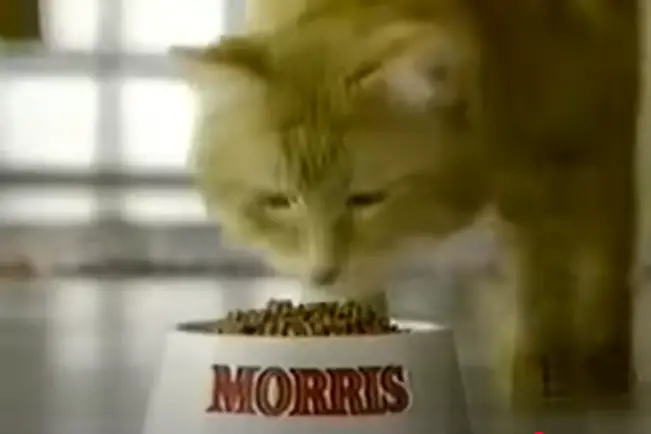
If there was ever a cat with an attitude, it was Morris. Debuting in the early 1970s as the face of 9Lives cat food, Morris wasn’t just any feline—he was the coolest cat on television. With his smug expression, slow blinks, and voice dripping with sarcasm, Morris became an instant sensation. His persona was crafted as a picky eater who would only settle for 9Lives, and cat owners everywhere could relate to their own finicky felines. Unlike most mascots, who were cute or hyperactive, Morris exuded a quiet confidence that made him unforgettable.
Morris didn’t just sell cat food—he became a cultural icon. He starred in multiple commercials, appeared in movies, and even had books written about him. Unlike some of his fellow ’70s animal mascots, Morris has managed to stick around in some form, though his presence isn’t as strong as it once was. The original Morris has long since passed, but his legacy lives on, with new versions of him still making occasional appearances. Whether you owned a cat or not, Morris made you believe that 9Lives was the only brand worthy of a truly discerning feline.
2. Charlie the Tuna – StarKist
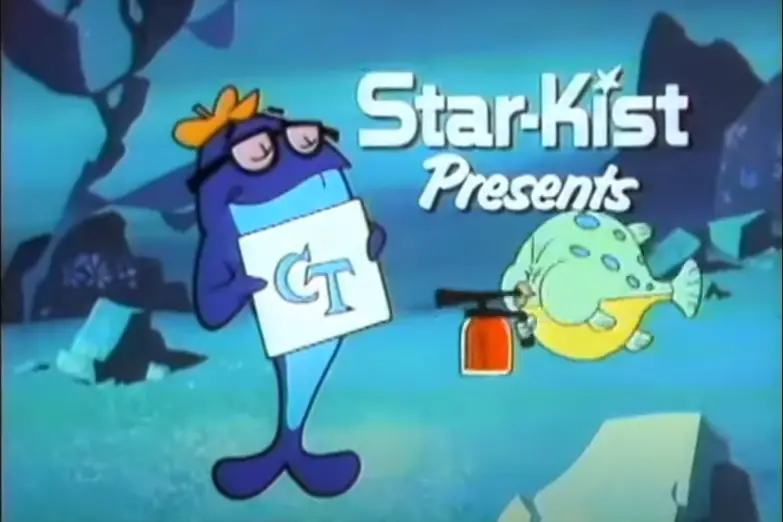
Charlie the Tuna had one goal: to be chosen. The smooth-talking, beret-wearing fish first appeared in the ’60s, but it was the ’70s when he really hit his stride. Every commercial followed the same formula—Charlie would desperately try to prove he had “good taste,” only for the unseen voice of the StarKist company to remind him that they wanted tuna that tasted good, not tuna with good taste. His rejection was always followed by his famous sigh and the resigned phrase, “Sorry, Charlie.”
Charlie was the kind of mascot you couldn’t help but feel a little bad for, yet he kept coming back for more, proving his resilience. His commercials were funny, catchy, and endlessly quotable, making StarKist a household name. Over time, Charlie’s presence on TV faded, but he never completely disappeared. He still pops up in modern ads, though his classic charm isn’t quite as prominent as it was in the ’70s. For those who grew up watching him fail (but with style), Charlie the Tuna remains one of the most endearing animal mascots of all time.
3. Sugar Bear – Golden Crisp
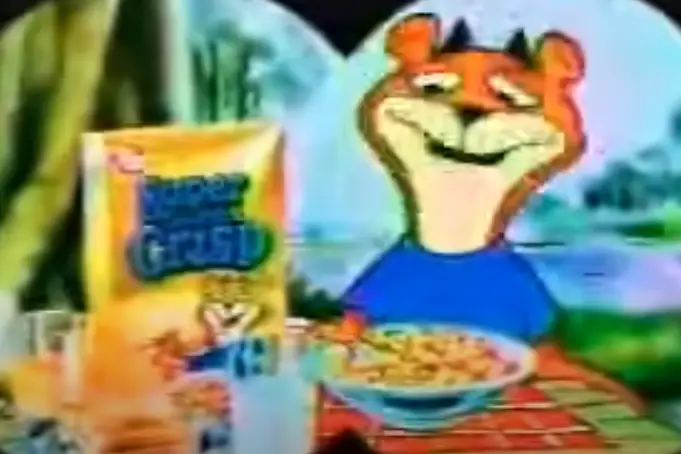
Few cereal mascots could pull off effortless cool the way Sugar Bear did. Originally introduced in the 1960s, his smooth, Bing Crosby-like voice and laid-back attitude made him the James Dean of breakfast cereals. While other cereal mascots bounced off the walls with hyperactive energy, Sugar Bear kept things chill, always finding a way to outsmart his foes—especially Granny Goodwitch, who constantly tried to keep him from getting his beloved Golden Crisp cereal.
By the ’70s, Sugar Bear had solidified his place in commercial history, becoming synonymous with Golden Crisp’s ridiculously sweet taste. He’d casually stroll through commercials, crooning his signature line, “Can’t get enough of that Golden Crisp,” and effortlessly outwitting anyone who tried to stand in his way. But over time, Sugar Bear started to fade into the background. Though he still appears on Golden Crisp boxes, his commercials became less frequent, and his voice lost that signature croon. For many, though, he remains the epitome of retro cool—a mascot that never needed to yell to get his point across.
4. The Hamm’s Beer Bear – Hamm’s Beer
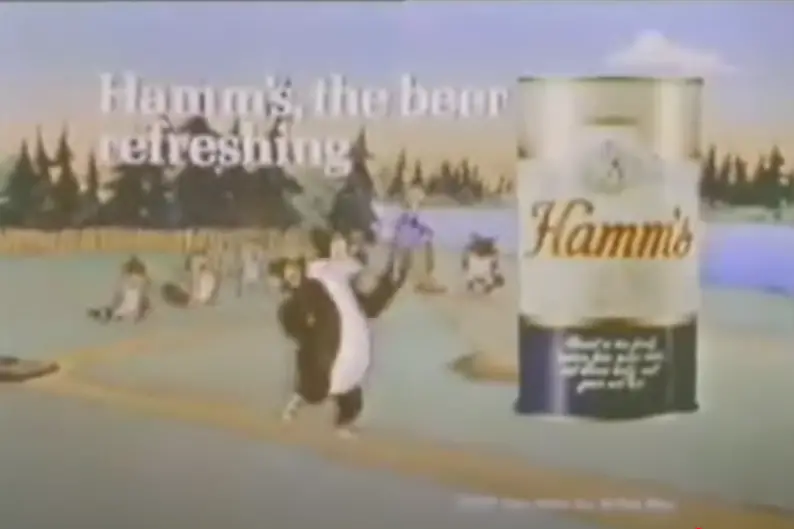
Before beer commercials became dominated by Clydesdales and talking frogs, there was the Hamm’s Beer Bear. This cartoon bear was the star of one of the most beloved beer ad campaigns of the ’50s, ’60s, and early ’70s. With his playful antics and the catchy jingle “From the land of sky blue waters,” the Hamm’s Bear made beer commercials lighthearted and fun. Unlike today’s sleek and sophisticated alcohol advertising, Hamm’s leaned into humor, making their bear the lovable, slightly clumsy centerpiece of their brand.
But by the mid-’70s, the tides turned against animated mascots in beer ads. Advertising regulations grew stricter, and the industry moved towards a more refined image. Sadly, this meant the end of the Hamm’s Bear. For those who remember him, though, he represents a simpler time when a cartoon bear could make you laugh and somehow make beer look even more refreshing. While Hamm’s Beer still exists, their beloved bear remains locked away in nostalgia, only appearing in retro merchandise and fond memories.
5. The Frito Bandito – Fritos
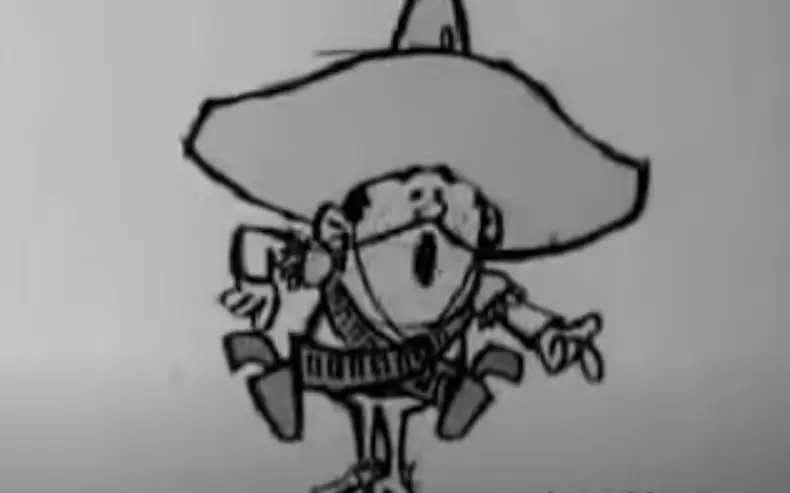
Now here’s a mascot that didn’t just disappear—he vanished due to controversy. The Frito Bandito was a pistol-twirling, mustache-wearing animated bandit who hawked Fritos corn chips throughout the ’60s and early ’70s. Voiced by the legendary Mel Blanc, he spoke in a heavily exaggerated Mexican accent, singing about his love for Fritos and trying to swipe them whenever he could. He was meant to be fun and mischievous, but by the mid-’70s, people began to criticize the character for playing into offensive stereotypes.
Facing increasing backlash, Frito-Lay quietly retired the Bandito in the early ’70s, replacing him with more neutral mascots like W.C. Fritos and the Muncha Bunch. Today, the Frito Bandito is a relic of an era where advertising had fewer boundaries, and his disappearance is one of the most well-documented cases of a commercial mascot being phased out due to changing cultural attitudes. While some remember him fondly for his catchy jingle, others see him as a symbol of outdated advertising norms. Either way, he was once an unforgettable part of snack food history.
6. Tony Jr. – Frosted Rice
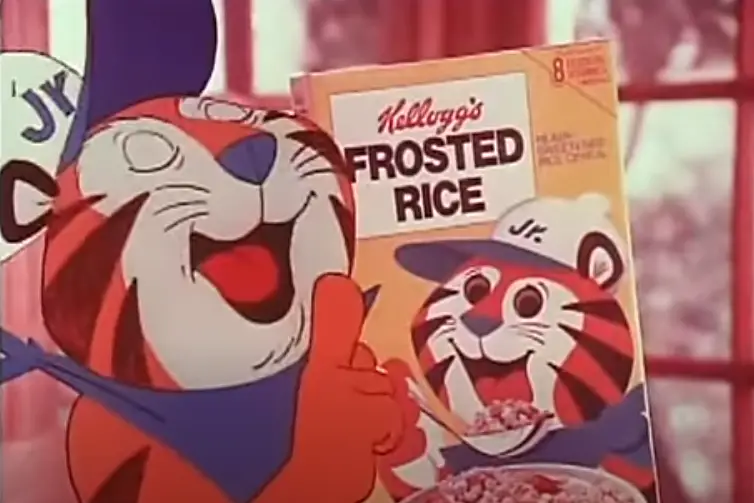
Most people remember Tony the Tiger as the face of Frosted Flakes, but in the early ’70s, Kellogg’s tried something different—they introduced his son, Tony Jr. Unlike his dad, who had a deep, booming voice and a larger-than-life presence, Tony Jr. was younger, smaller, and a little less confident. His commercials followed a similar pattern: he’d get into some kind of situation where he needed strength or courage, and after a bowl of Frosted Rice, he’d suddenly be ready to take on the world.
Tony Jr. was supposed to appeal to kids who wanted to see a mascot closer to their age, but the campaign never quite caught on. Maybe it was because Tony Sr. was already such a powerhouse that nobody really needed a junior version. By the late ’70s, Tony Jr. quietly disappeared, and Frosted Rice was eventually discontinued. It’s one of those strange cases where a company tried to expand on a winning formula but found out that, sometimes, you just can’t improve on a classic.
7. Quicky the Bunny – Nestlé Quik
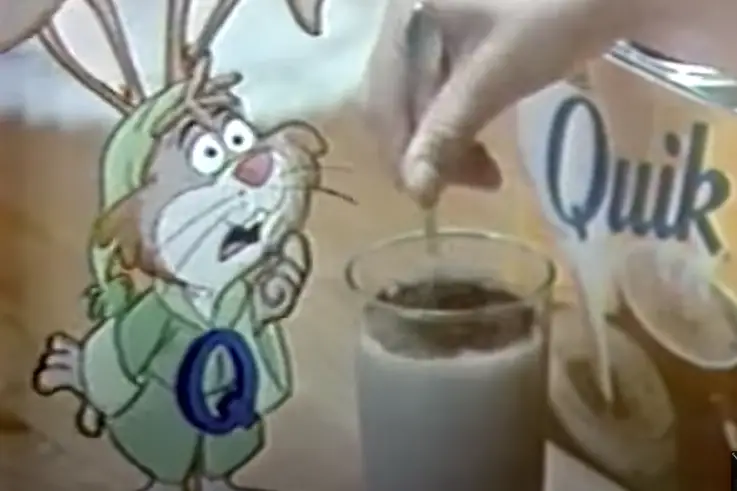
Before the Nestlé Quik Bunny became the iconic Quik (and later Nesquik) mascot we all recognize today, he had a much more animated, slightly wilder version in the 1970s. This early version of Quicky was an energetic, mischievous rabbit who zipped around at lightning speed, always in pursuit of a delicious glass of chocolate milk. With his big floppy ears and boundless enthusiasm, he was a hit with kids, reinforcing the idea that Quik gave you a burst of energy.
As the years went on, Nestlé refined Quicky’s image, making him softer, friendlier, and more polished. The modern Nesquik Bunny is still around today, but his wacky, cartoonish 1970s predecessor has faded from memory. Those who grew up in that era might still remember his high-energy antics, but today’s kids would probably be surprised to see how different he once was.
8. Farfel the Dog – Nestlé Chocolate
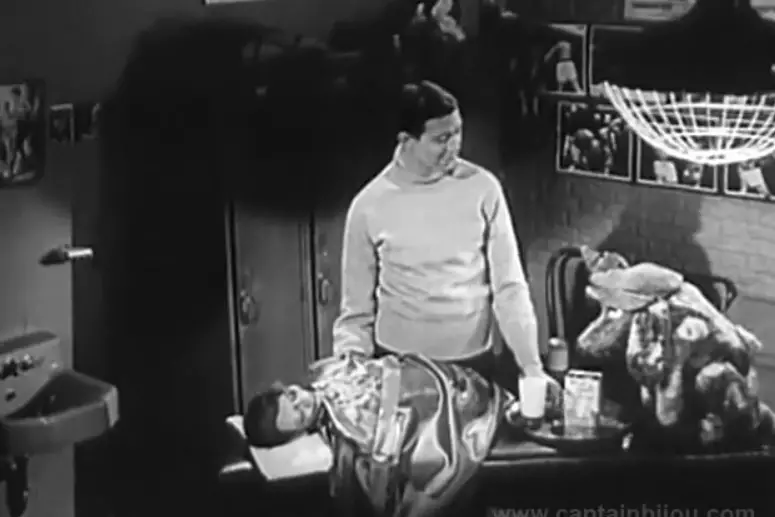
While Farfel technically originated in the 1950s, he was still making appearances in Nestlé commercials well into the 1970s. This stiff-jawed, wide-eyed puppet dog was famous for saying “Choc-late” in a deep, slow voice at the end of every ad, after his ventriloquist owner sang the Nestlé jingle. Farfel had a kind of oddball charm—his movements were jerky, and his voice was strangely hypnotic, but that only made him more memorable.
However, as animation and live-action mascots became more popular, Nestlé eventually retired Farfel in favor of more modern marketing approaches. By the 1980s, he was gone from TV screens, but old-school ad enthusiasts still remember him fondly. Today, Farfel is a collector’s item, and his quirky charm remains a piece of vintage advertising nostalgia.
9. The Exxon Tiger – Exxon Gasoline
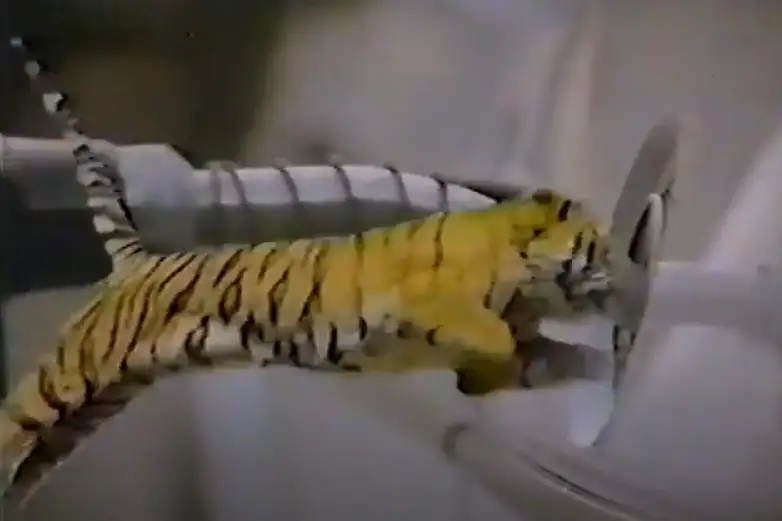
There was a time when gas stations didn’t just rely on prices and fuel quality to draw in customers—they had mascots, too. One of the most famous was the Exxon Tiger, who proudly roared onto the scene with the slogan “Put a tiger in your tank.” He was meant to symbolize power, energy, and strength, giving drivers the feeling that Exxon fuel would make their cars run better than ever.
The Exxon Tiger was everywhere in the ’60s and ’70s, appearing on posters, TV commercials, and even bumper stickers. But as the oil industry changed and environmental concerns became more prominent, Exxon gradually phased out the tiger, shifting to a more serious corporate image. Though he still appears occasionally in some branding materials, he’s nowhere near as visible as he once was. For those who grew up in the ’70s, though, he remains a nostalgic reminder of a time when gas stations had a bit more personality.
10. Finley the Dolphin – SeaWorld
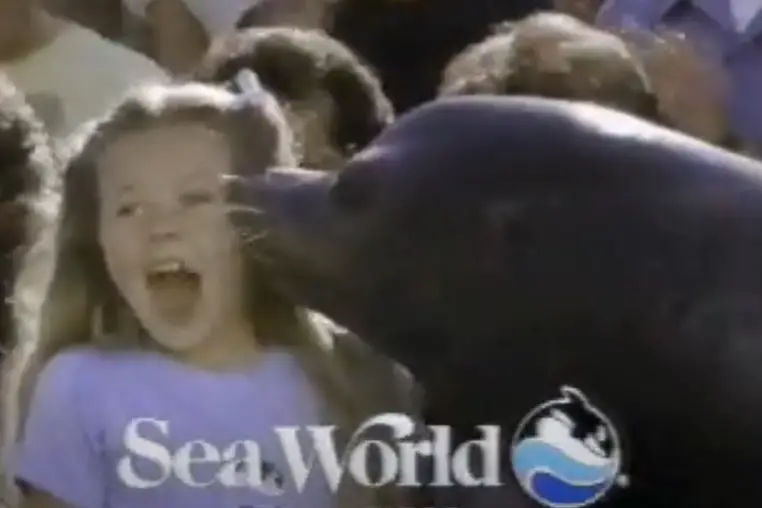
Long before Shamu became the undisputed star of SeaWorld’s marketing, there was Finley the Dolphin. In the 1970s, Finley was the friendly, animated face of SeaWorld’s commercials, promoting the park as a place of wonder and adventure. With his sleek design and constant smile, he was meant to capture the excitement of visiting an aquatic wonderland.
However, as SeaWorld’s branding evolved, they shifted their focus to real-life animal stars instead of animated mascots. Shamu took over as the face of the brand, and Finley quietly swam away into obscurity. These days, most people don’t remember that SeaWorld once had an animated mascot at all. But for those who do, Finley represents a different era—one when theme parks relied on cute cartoons rather than high-tech marketing to attract visitors.


